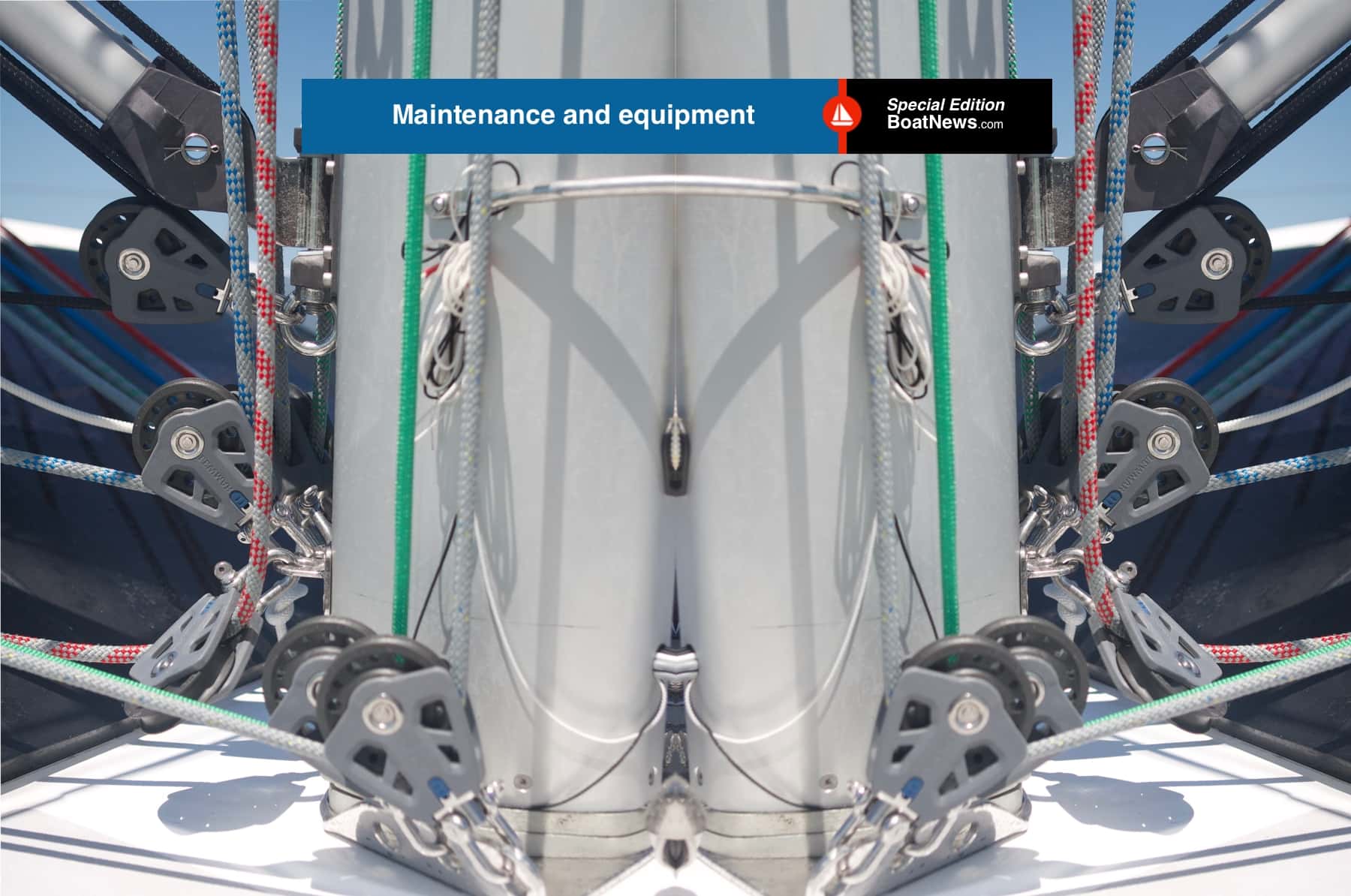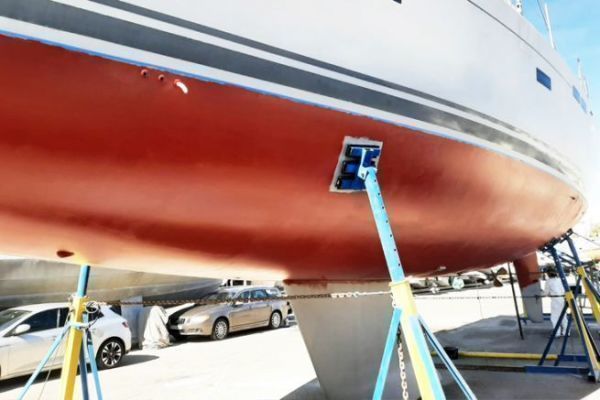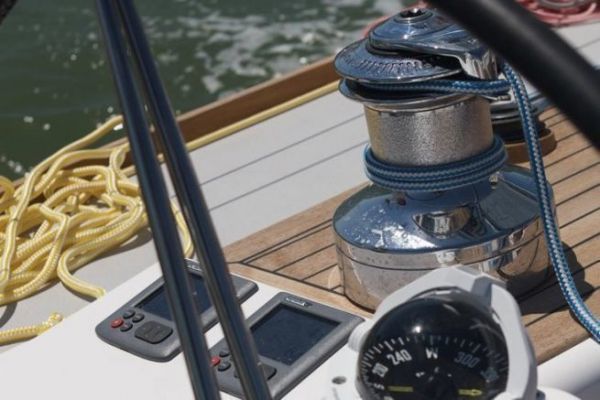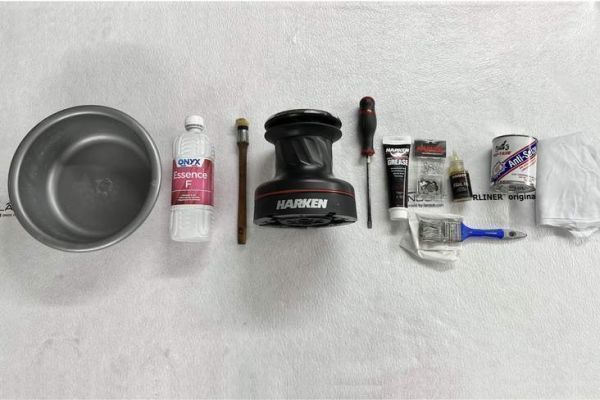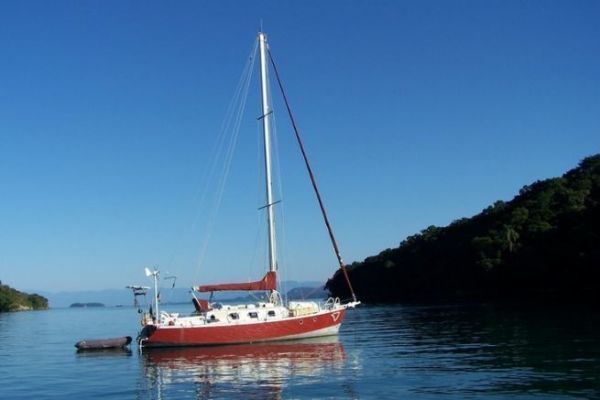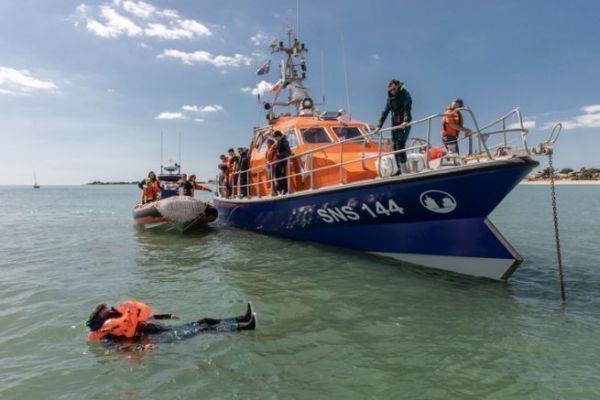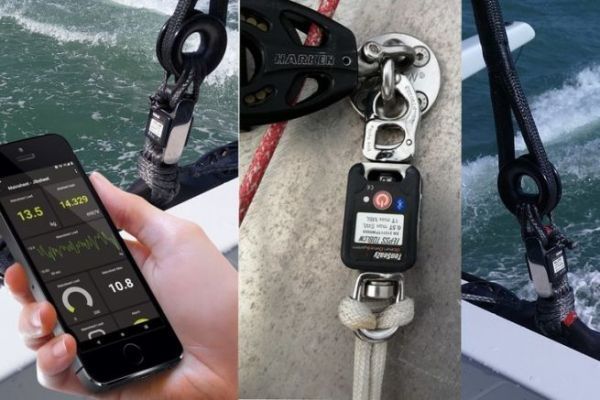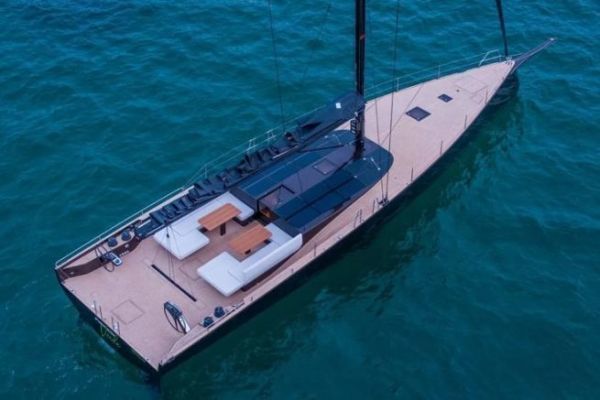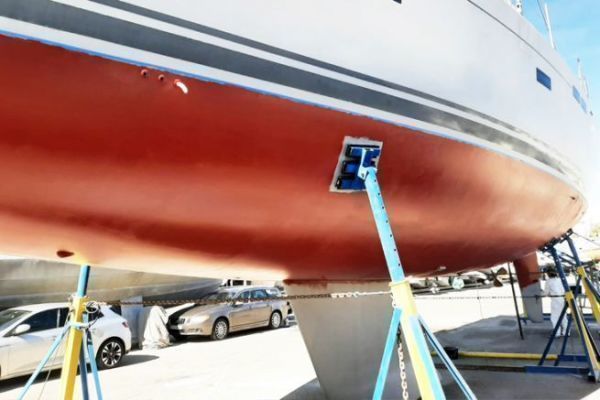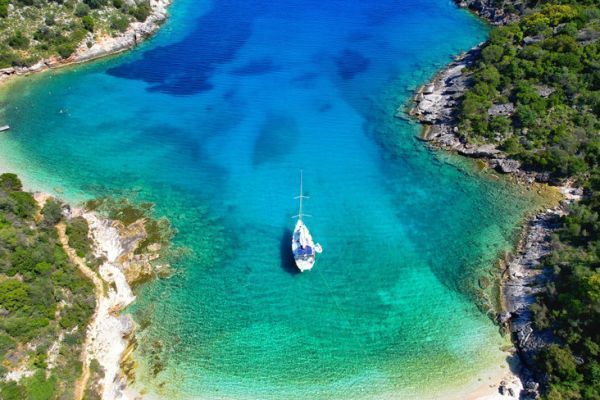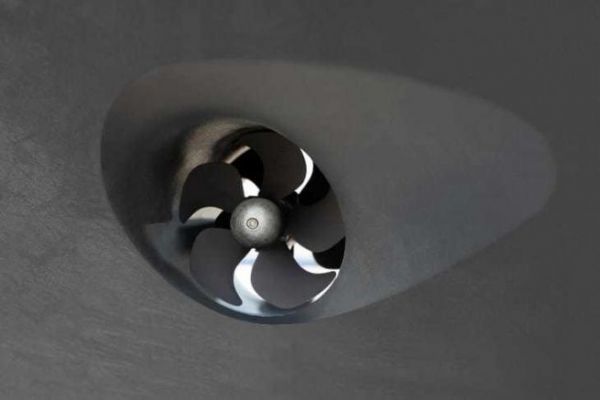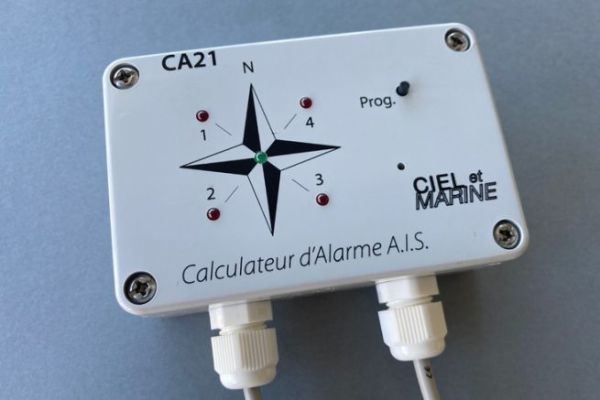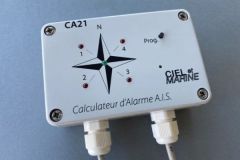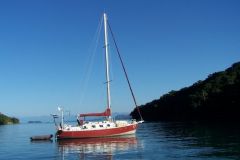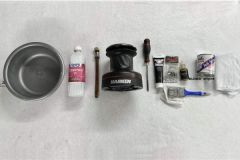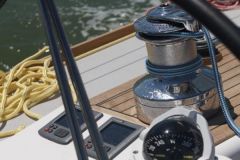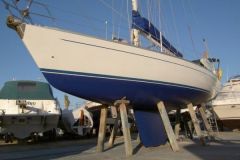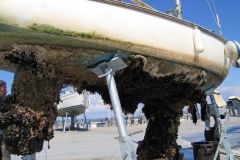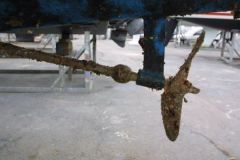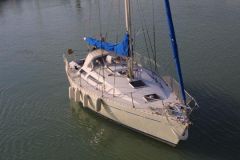Sailing in the middle of nature, the yachtsman is all the more sensitive not to damage his domain, to leave the least traces of his passage. The solutions to keep the hull clean remain a black mark for those who seek to reduce their ecological impact.
Unfortunately, 100% organic antifouling does not exist today. There are no 100% clean solutions, easy to use, and above all efficient, leaving the hull always clean!
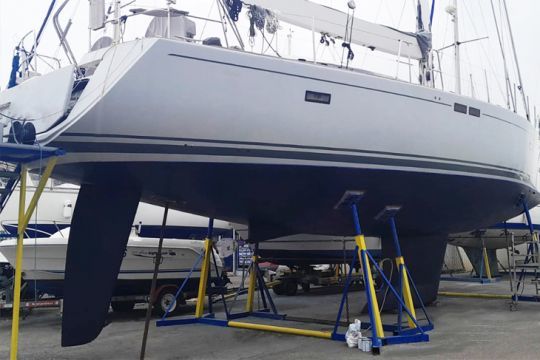
The industry is constantly looking for solutions to reduce as much as possible the impact of products on marine life. Antifoulings are accused of being polluting and having an impact on the environment, but today a PNEC indicator measures the impact on the environment and obliges manufacturers to be below this toxicity level.
In addition, EU antifouling regulations have evolved considerably in recent years: they are now very strict and require manufacturers to control the environmental and toxicological impact of their paints. By limiting the use of biocides in their compositions. The list of biocides authorized by the European community has been reduced from 25 to 10, with the aim of limiting environmental impacts.
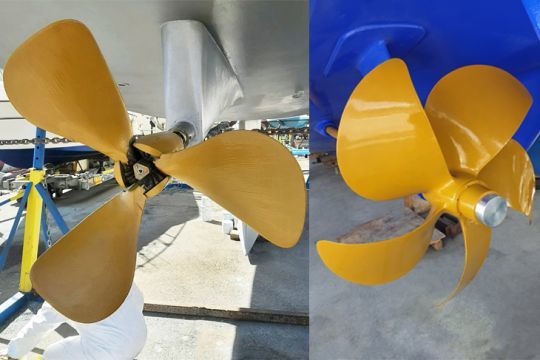
The use of biocides in pleasure boating represents a marginal part: their annual consumption, on pleasure boats, is estimated at only 0.4% of all biocidal agents used in France! Agriculture (90%), treatment of facades, water, roads and railways (3%), gardening (6%) are much more demanding in biocides than boating!
Today, manufacturers are looking to create a balance between performance and eco-responsibility. Indeed, if you don't protect your hull with an antifouling, you will see it getting dirty quickly and therefore consuming more fuel to sail: thus polluting!
The key to finding the right antifouling will depend on the use of your boat. Here are the criteria that will help you to choose the right antifouling:
- How fast do you sail?
This information determines the hard or erodible matrix. This is often a difference between a sailboat and a motorboat. This criterion will also be important if your boat stays in an area with strong current or not. - What is your mooring place?
In the harbor, at anchor, afloat or drying out, on a trailer or in a dry port... Indeed it is important, because some antifouling do not support to stay dry or exposed to UV. - What kind of water do you sail in?
We will mainly take into account the water temperatures encountered. The colonization of fouling will not be the same in the warm waters of the Caribbean or in the cold one of Norway. - How long do you give your antifouling?
If you are just sailing during the summer season or if you are going around the world or on a transatlantic voyage, the application of your antifouling will not be the same. With biocidal paints, the thicker you apply, the longer the life span. For a season in the Mediterranean, 2 coats plus a coat at the waterline are sufficient. For a transatlantic race and a trip to the West Indies, 3 coats plus a coat at the waterline will be sufficient.
Seajet's "clean" solutions
Seajet has developed a range of 3 eco-friendly antifouling products so that each user can find the solution adapted to his needs while respecting the environment.
Seajet Bioclean Eco, 2300 Hard Coating and 021 EKO are three antifoulings that contain no biocide. Protect your boat from fouling while respecting marine life.
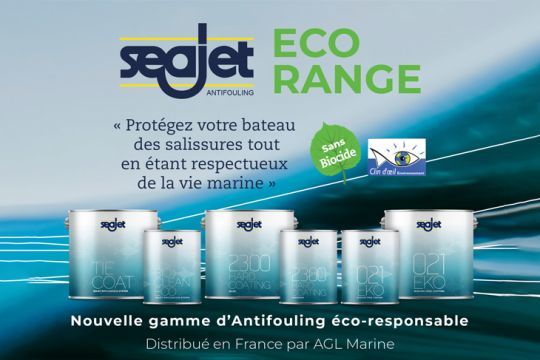
- Seajet Bioclean Eco, silicone based, anti-fouling system
Fouling organisms cannot adhere firmly to the surface and can be easily removed. It is self-cleaning due to the movement of the sea water. For inactive boats and those sailing at less than 5 knots, a quick wash or sponge down will remove any fouling and make the coating look like new.
The Seajet Bioclean Eco, based on silicone, is without doubt the least polluting, as it only undergoes micro-erosion. It remains on the hull. It has no impact on the flora and the sea bed. Unfortunately, silicone does not support UV. It is therefore impossible to use it with boats that dry out, such as those stored on a trailer or in a dry port. On the other hand, for other boats, it is a paint that offers the best glide with a notable gain on fuel consumption. - Seajet 2300 Hard Coating, a hard matrix antifouling
This biocide-free polyurethane coating is based on a unique resin. It is a hard matrix with two additives: one to protect against UV and one to increase surface tension characteristics. Intended more for use in areas of low to moderate fouling, the product has a typical shelf life of 2 years. It is highly recommended for racing boats or boats that are often out of the water. - Seajet 021 Eko, a self-polishing (erodible) antifouling. The composition of this product is based on a cross-linking technology, and the erodible layer is constantly renewed, thus avoiding the fixation of dirt. Seajet 021 EKO is a universal product, suitable for all types of boats with speeds up to 40 knots. It is an effective product for a season without layer build-up due to the high quality polishing effect. Regular cleaning is recommended.
Seajet is a brand sold by AGL Marine to professionals and distributed in the Uship store network for individuals.
